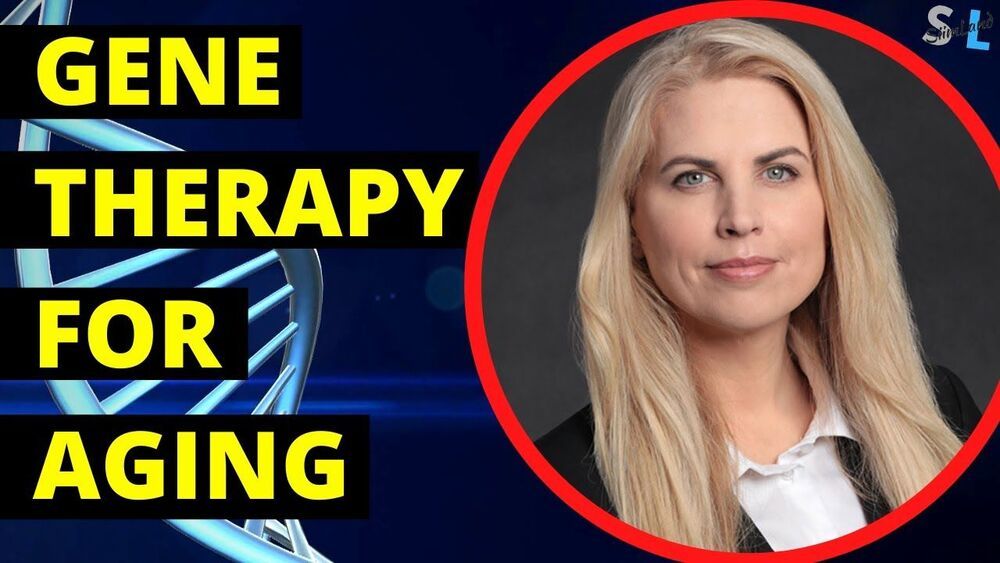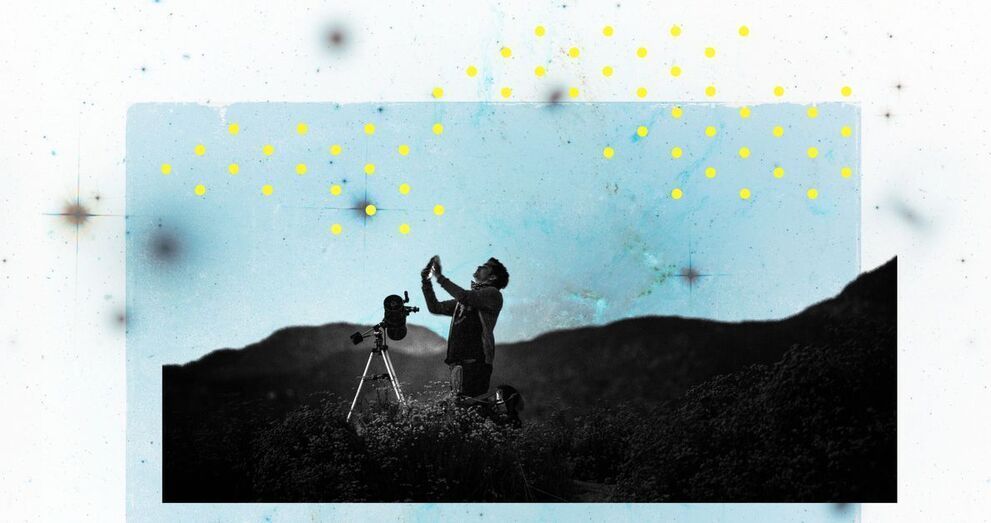Jan 14, 2021
Research breaks new ground in understanding how a molecular motor generates force
Posted by Saúl Morales Rodriguéz in categories: biotech/medical, chemistry, nanotechnology
A team of biophysicists from the University of Massachusetts Amherst and Penn State College of Medicine set out to tackle the long-standing question about the nature of force generation by myosin, the molecular motor responsible for muscle contraction and many other cellular processes. The key question they addressed—one of the most controversial topics in the field—was: how does myosin convert chemical energy, in the form of ATP, into mechanical work?
The answer revealed new details into how myosin, the engine of muscle and related motor proteins, transduces energy.
In the end, their unprecedented research, meticulously repeated with different controls and double-checked, supported their hypothesis that the mechanical events of a molecular motor precede—rather than follow—the biochemical events, directly challenging the long-held view that biochemical events gate the force-generating event. The work, published in the Journal of Biological Chemistry, was selected as an Editor’s Pick for “providing an exceptional contribution to the field.”

















